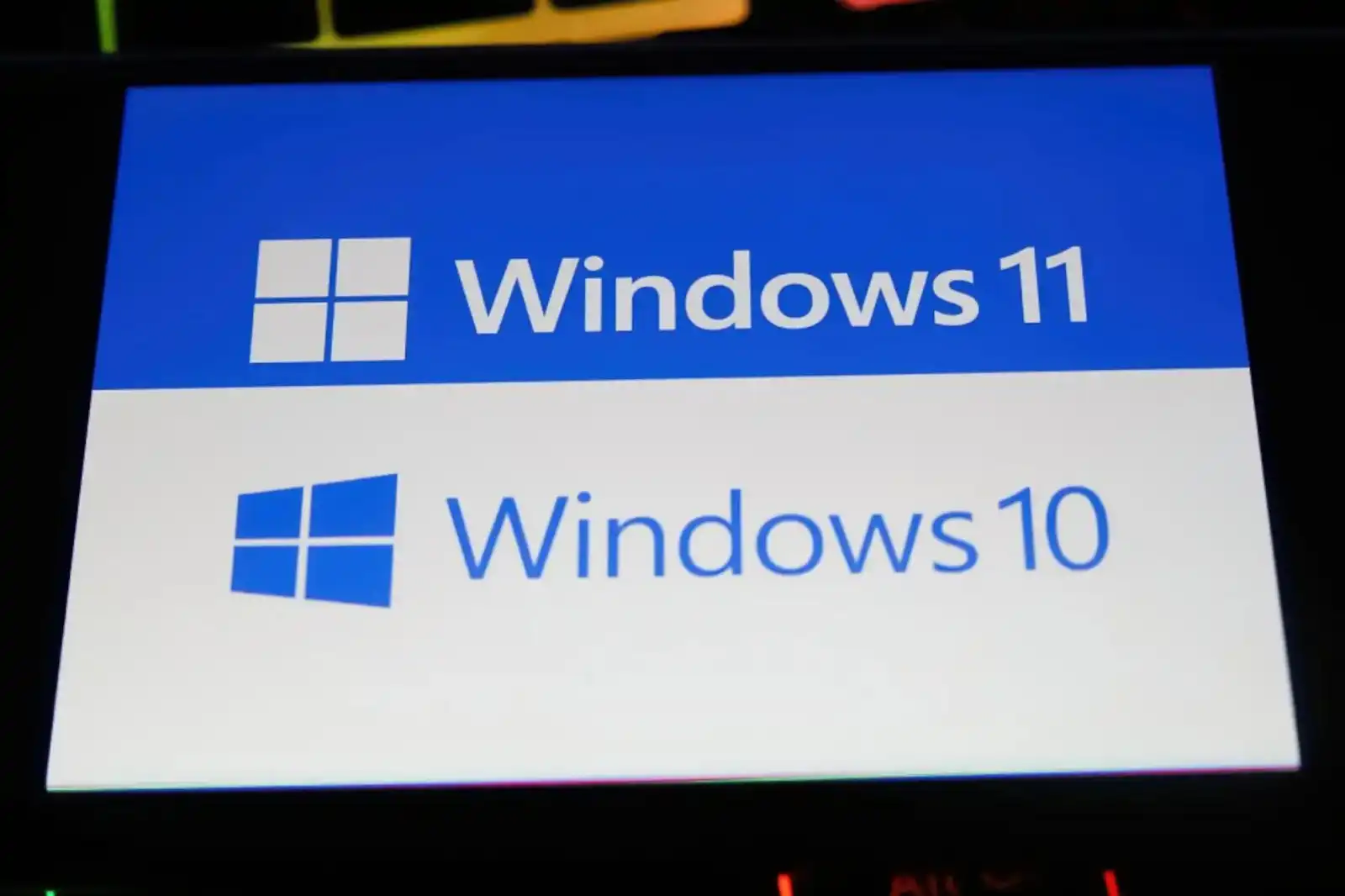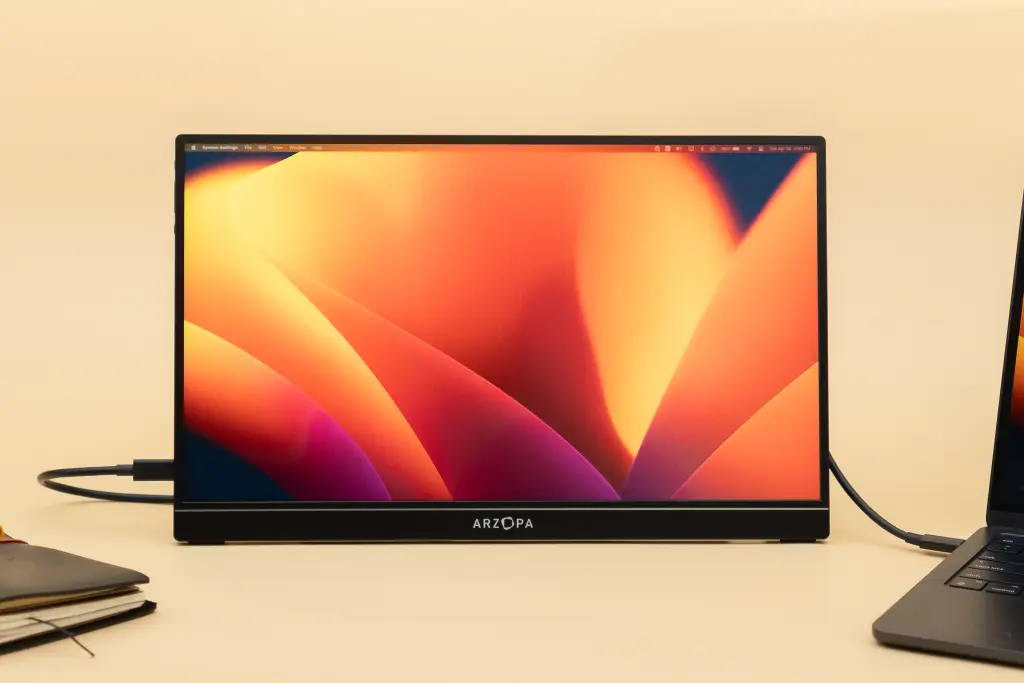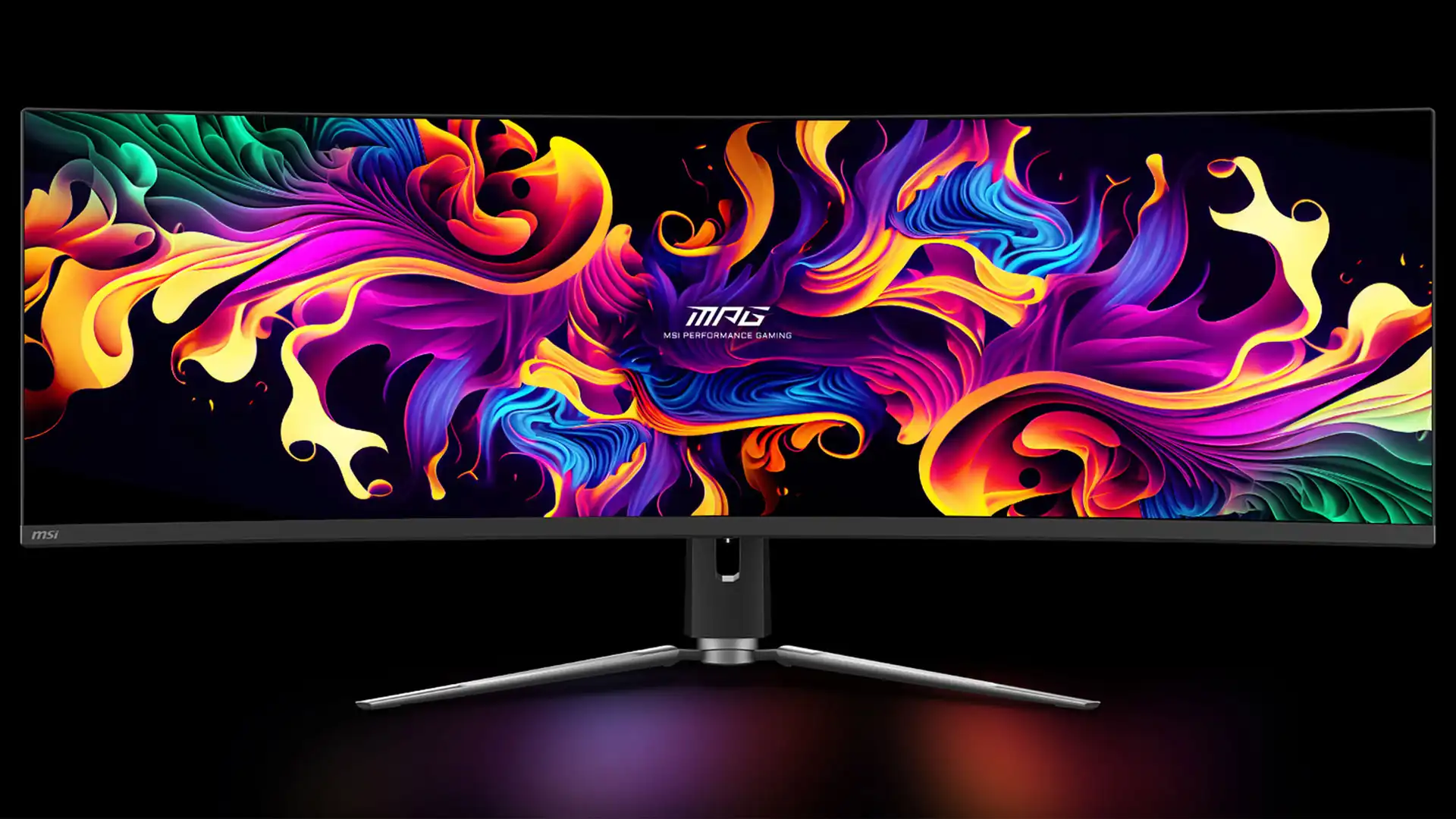Consumers can pay $30 for an extended support update that allows you to stay on Windows 10 for a bit longer.
As you may know, support for Windows 10 expires in just under a year’s time. But if you’re reluctant to upgrade to Windows 11, there’s a new alternative: you can pay a little extra to keep receiving security patches with a new extended consumer support option.
Microsoft has confirmed a consumer version of its Extended Security Updates plan. For $30, you’ll receive “critical” and “important” security updates — basically security patches that will continue to protect your Windows 10 PC from any vulnerabilities. That $30 is for one year’s worth of updates, and that’s the only option at this time. (You won’t be able to re-subscribe at the end, thus ending Windows 10 support.)
Microsoft has been warning users for years that Windows 10 support will expire in 2025, specifically October 14, 2025. At that point, Windows 10 will officially fall out of support: there will be no more feature updates or security patches. On paper, that would mean that any Windows 10 PC will be at risk of any new vulnerabilities that researchers uncover.
Previously, Microsoft had quietly hinted that consumers would be offered the same ESU protections offered to businesses and enterprises, as it did in December 2023 and again in an “editor’s note” shared in an April 2024 support post, in which the company said that “details will be shared at a later date for consumers.” That time is now, apparently.
Back in December 2023, Microsoft offered the ESU on an annual basis to businesses for three years, one year at a time. The fees would double each year, charging businesses hundreds of dollars for the privilege. Consumers won’t be offered the same deal, as a Microsoft representative said via email that it’ll be a “one-time, one-year option for $30.”
What are your options?
More than half of Americans (59.1 percent) still run Windows 10, according to September 2024 data from StatCounter. That means that millions of PCs will need to upgrade in a year’s time, something that both chipmakers like AMD and analysts are counting on to reinvigorate the PC market. Consumers, on the other hand, may feel differently.




